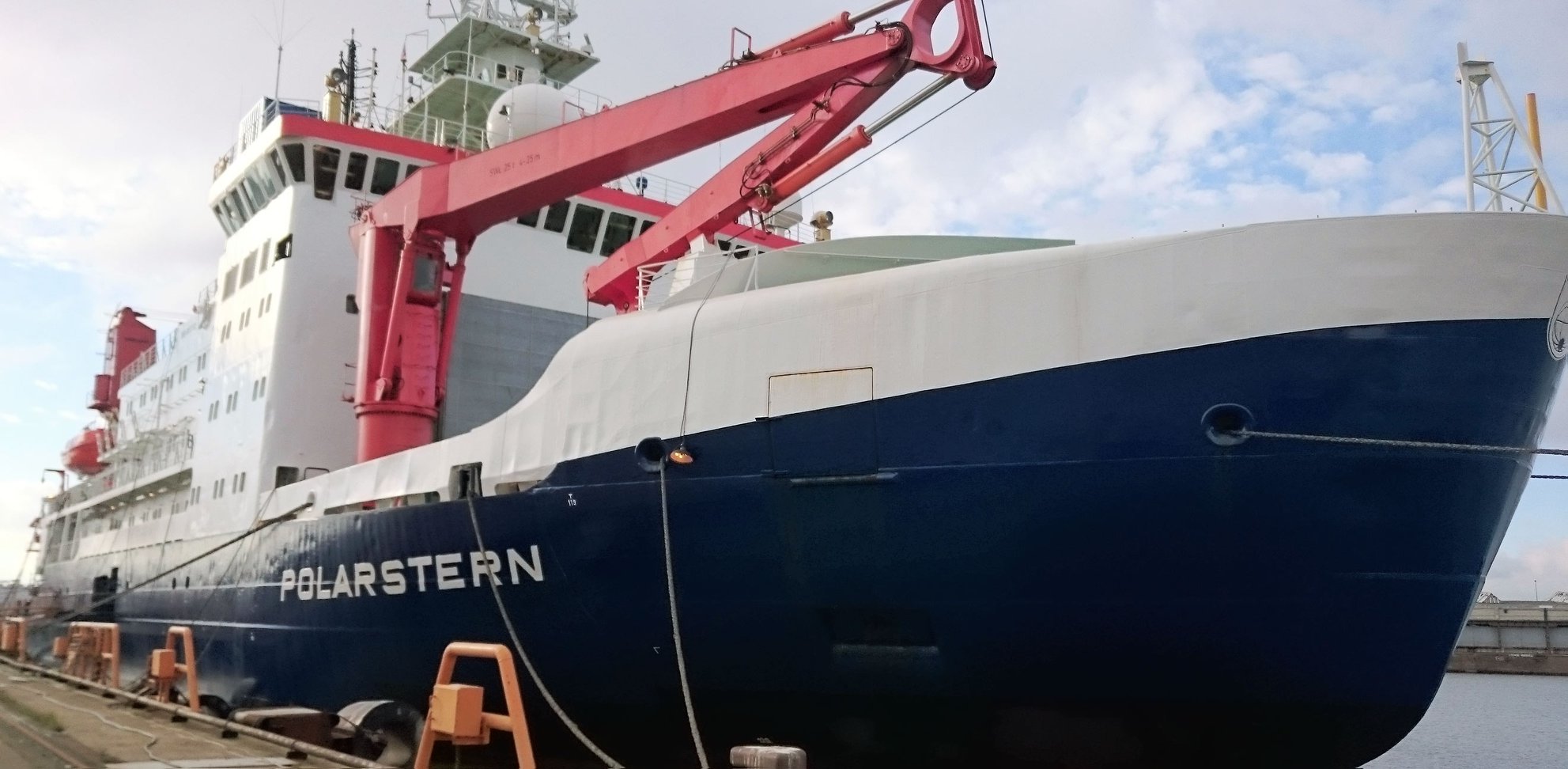
The German research vessel Polarstern has chosen an ice floe as the location to start off its year-long drift in the Arctic.
The RV Polarstern icebreaker has embarked on its Multidisciplinary drifting Observatory for the Study of Arctic Climate (MOSAIC) and will use a thick ice floe on the Siberian side of the ocean basin as its base. The exact location of the ice floe is 85 degrees north and 137 degrees east.
The expedition aims to examine all aspects of the climate system in the Arctic. The researchers will install Instrument stations on the ice all around the ship, including some up to 50 kilometers away. Sampling will be done on the ice, the ocean, the atmosphere, even the wildlife.
Expedition leader Professor Markus Rex from the Alfred Wegener Institute (AWI) said: "After a brief but intensive search, we've found our home for the months to come. It may not be the perfect floe but it's the best one in this part of the Arctic and offers better working conditions than we could have expected after a warm Arctic summer."
Two weeks ago, the RV Polarstern left the Norwegian port of Tromso, supported by other icebreakers, as it searched for a suitable ice floe to set up camp. Satellite imagery and helicopters were used to scout possible locations for the base and out of 16 options, a meters-thick floe measuring roughly 2.5 kilometers by 3.5 kilometers was eventually chosen.
Because of the warm summer in the Arctic that produced the second smallest sea-ice extent in the satellite era, the expedition found it difficult to find a suitable location. Most of the ice capping the ocean surface is very thin.
However, the floes are now being affected by the freeze-up from the winter, with the sun no longer rising above the horizon at the location and the 24-hour darkness of "polar night" approaches the MOSAIC expedition.






